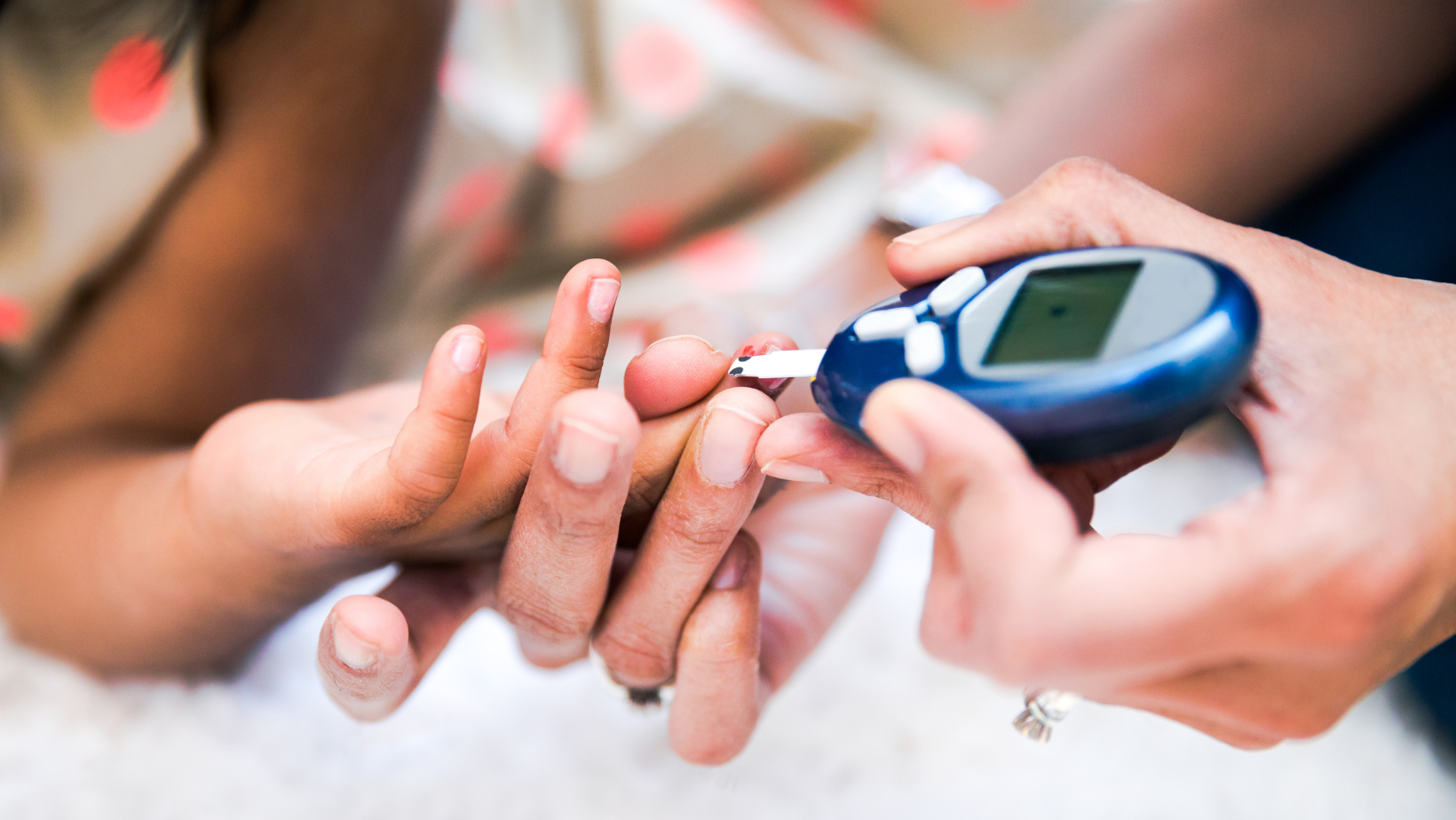
Type 1 diabetes is a chronic condition that affects millions of children worldwide. It requires careful management and monitoring to maintain stable blood sugar levels. Let’s delve into what type 1 diabetes is, explore its curability, and understand when it becomes an emergency.
What Is Type 1 Diabetes?
Type 1 diabetes, also known as juvenile diabetes, is an autoimmune disease that occurs when the body’s immune system mistakenly attacks the insulin-producing cells in the pancreas. Insulin is a hormone necessary for the regulation of glucose in the bloodstream. Without insulin, the body cannot efficiently convert sugar from food into energy. As a result, children with type 1 diabetes need to take insulin externally through injections or an insulin pump to manage their blood sugar levels. (WebMD)
Symptoms and Causes of Type 1 Diabetes
Type 1 diabetes symptoms can emerge suddenly and within a short time frame. Increased thirst, frequent urination, intense hunger, unexpected weight loss, weariness, and irritability are typical symptoms. Type 1 diabetes, if ignored, can result in severe consequences such as as ketoacidosis, a fatal disease characterized by elevated blood levels of an acid called ketones.
Although the precise origin of type 1 diabetes is still unclear, a mix of genetic and environmental factors is thought to be responsible. According to research, some genes may raise the chance of type 1 diabetes, but environmental factors, including viral infections, may cause the autoimmune reaction.
(Mayo Clinic)
Is It Curable?
Currently, there is no known cure for type 1 diabetes. Once diagnosed, children with type 1 diabetes will require lifelong management to maintain normal blood sugar levels. However, advancements in medical technology and treatment options have significantly improved the quality of life for children with type 1 diabetes. Treatment involves regular blood sugar monitoring, insulin therapy, and maintaining a healthy lifestyle. Children with type 1 diabetes must work closely with healthcare professionals to develop an individualized treatment plan. Additionally, ongoing research is being conducted to explore potential cure options, including beta cell transplantation and immunotherapy. (HealthyChildren.org)
When Is Type 1 Diabetes an Emergency?
Type 1 diabetes can become an emergency in certain situations. Immediate medical attention should be sought if a child with type 1 diabetes experiences:
Diabetic ketoacidosis (DKA):
This life-threatening complication occurs when there is a severe lack of insulin in the body. Signs of DKA include excessive thirst, frequent urination, nausea, vomiting, abdominal pain, rapid breathing, fruity-smelling breath, and confusion. DKA requires immediate medical intervention to restore electrolyte balance and prevent organ damage (Mayo Clinic).
Hypoglycemia:
Low blood sugar levels can lead to confusion, dizziness, shakiness, sweating, and even loss of consciousness. If a child experiences severe hypoglycemia and cannot treat themselves, emergency medical assistance should be sought (Mayo Clinic).
While type 1 diabetes is currently incurable, advancements in medical treatments and technology have significantly improved the management and quality of life for children with the disease. Recognizing the signs of an emergency, such as diabetic ketoacidosis or severe hypoglycemia, is crucial for prompt medical intervention. By working closely with healthcare professionals and maintaining regular monitoring, children with type 1 diabetes can lead fulfilling lives while effectively managing their condition.
VIDEO
Works Cited
“How to Tell If Your Child Has Type 1 Diabetes.” WebMD, www.webmd.com/diabetes/might-my-child-have-type-1-diabetes.
“Type 1 Diabetes in Children.” Mayo Clinic, Mayo Foundation for Medical Education and Research, 3 May 2023, www.mayoclinic.org/diseases-conditions/type-1-diabetes-in-children/symptoms-causes/syc-20355306.
“Type 1 Diabetes: A Guide for Families.” HealthyChildren.Org, www.healthychildren.org/English/health-issues/conditions/chronic/Pages/Diabetes-Mellitus-Type-1-Diabetes.aspx.





